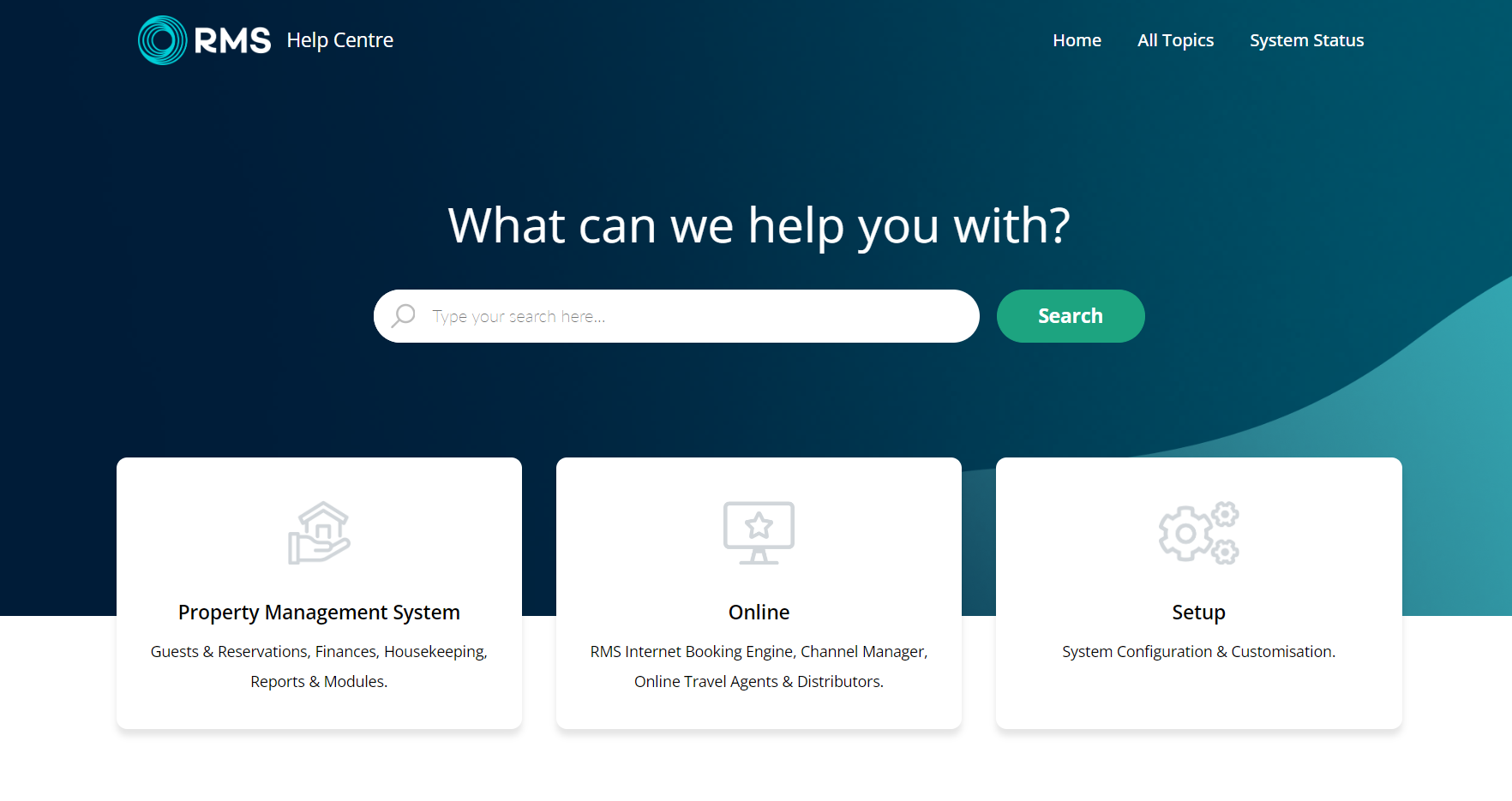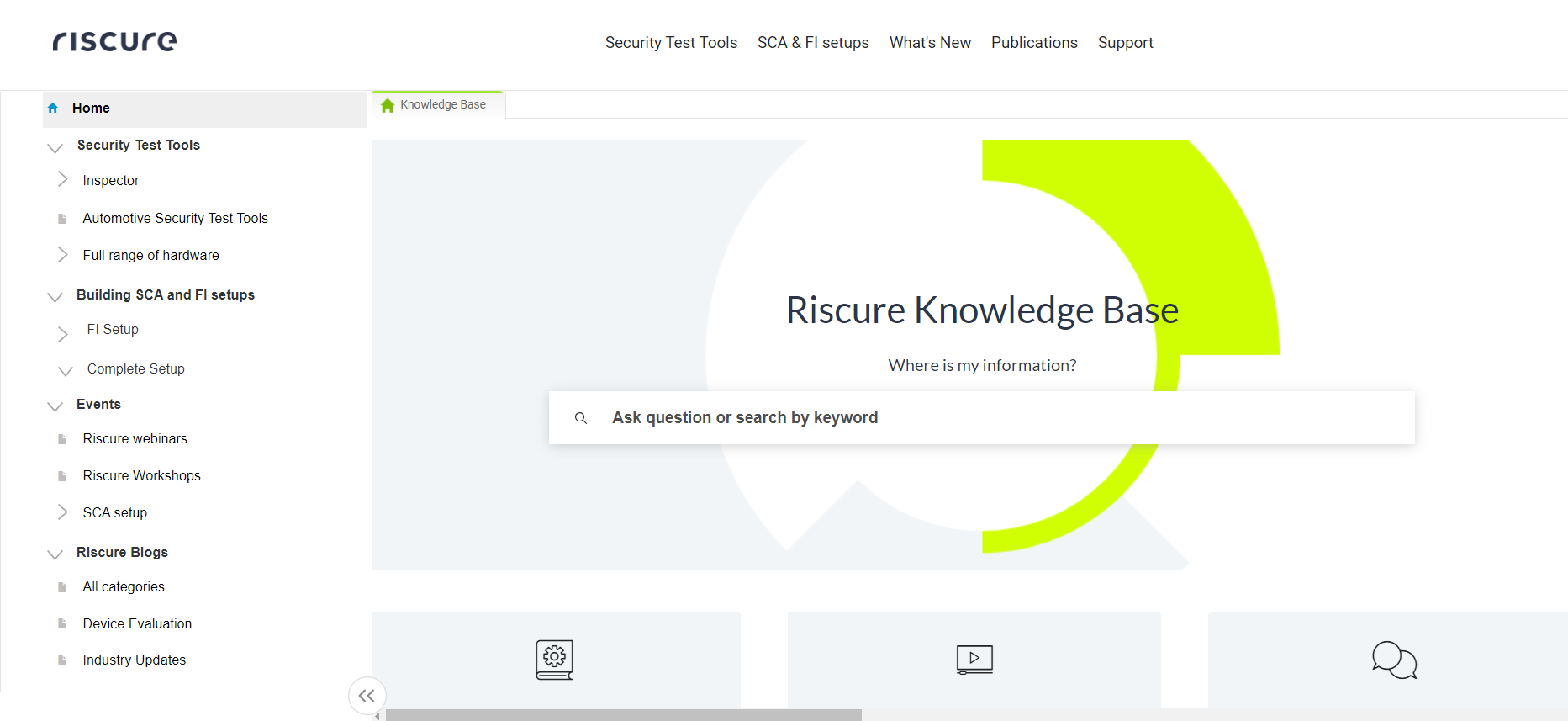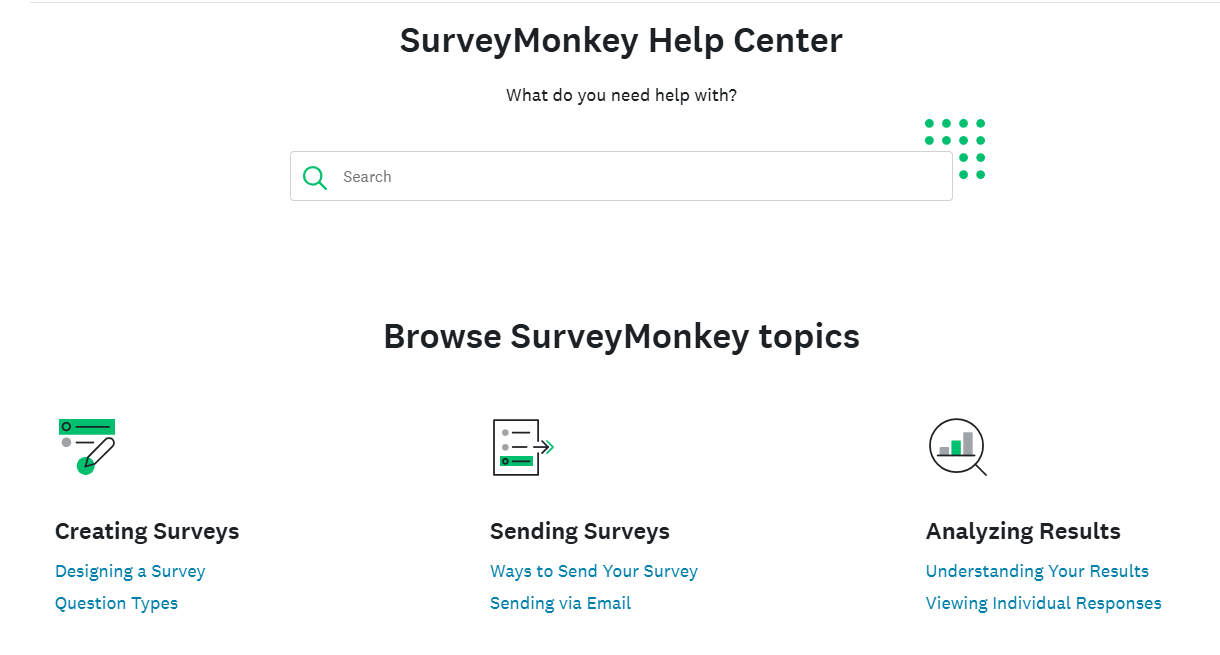What if you could unlock a 40% productivity boost? Sounds incredible, right?
Well, 74% of organizations report this after implementing a knowledge management system! A smooth flow of information is no longer a luxury but a necessity, and the right knowledge management system can transform how your team collaborates.
Whether you’re storing key documents or refining communication, top knowledge management system examples are here to simplify it all.
Want to improve efficiency and streamline information sharing? Let’s look at the different types and top samples of knowledge management systems that can transform your workflow.
What Is a Knowledge Management System?
A knowledge management system (KMS) is a centralized platform designed to capture, organize, store, and share knowledge within an organization. It is a repository for valuable information, including documents, FAQs, manuals, training materials, and best practices.
A KMS ensures that knowledge is easily accessible to employees, customers, and stakeholders, boosting productivity, streamlining workflows, and enhancing decision-making.
These systems often include search functionality, categorization, and collaboration tools, making it easier for users to find relevant information quickly. They can be customized for internal use, such as employee onboarding and training, or external use, like providing customer support through a self-service portal.
Famous examples of KMS include ProProfs Knowledge Base, Confluence, and SharePoint. Whether aiding teams in avoiding repetitive tasks or empowering customers with self-help options, a knowledge management system is essential for improving efficiency and driving organizational success.
What Are the Different Types of Knowledge Management Systems?
Knowledge management systems come in many forms, tailored to specific organizational needs. Here are the key types.
Document Management Systems (DMS)
Document Management Systems are designed to store, organize, and retrieve electronic documents such as PDFs, Word files, spreadsheets, and presentations. They provide features like version control, access permissions, and metadata tagging, ensuring that all documents are easily accessible and up-to-date.
DMS systems help organizations manage large volumes of content, streamline workflows, and improve collaboration by enabling teams to share and edit documents in real time. Examples include SharePoint and Google Drive.
Content Management Systems (CMS)
A Content Management System (CMS) focuses on the creation, management, and distribution of digital content such as web pages, blogs, videos, and articles. Typically used for managing external-facing content, CMS platforms allow teams to publish and update material without requiring technical expertise.
They often manage websites, social media content, and marketing materials. Popular CMS platforms include WordPress and Drupal.
Learning Management Systems (LMS)
Learning Management Systems are primarily used to support employee training and development. These systems host online courses, track learners’ progress, manage certifications, and provide assessments and quizzes.
LMS platforms help organizations provide continuous learning opportunities, ensuring employees can acquire new skills and knowledge while also tracking their progress. Examples of LMS platforms are ProProfs Training Maker, Moodle, TalentLMS, and Coursera for Business.
Enterprise Knowledge Portals
Enterprise Knowledge Portals are centralized platforms that integrate multiple knowledge sources within the organization. They are a one-stop shop for accessing business-critical information, including documents, reports, data analytics, and expert insights.
They improve knowledge sharing across departments and enable employees to access relevant resources quickly. These portals often include search functionality, personalized content recommendations, and collaboration tools to enhance knowledge flow. Examples include IBM Watson Knowledge Studio and Microsoft SharePoint.
Knowledge Bases
Knowledge Bases are systems that house FAQs, troubleshooting guides, how-to articles, and best practices. These platforms are designed to empower users with self-service options by providing readily available answers to common queries.
Knowledge bases are commonly used for customer support, enabling customers to resolve issues without direct interaction with support teams. Internally, they can also help employees find solutions to common problems and share internal knowledge.
Collaboration Tools
Collaboration tools facilitate real-time communication and knowledge sharing among teams, enabling faster problem-solving and decision-making. These platforms allow employees to share documents, engage in discussions, and collaborate on projects through chat, file sharing, and video conferencing.
Collaboration tools often integrate with other knowledge management systems to improve accessibility and knowledge exchange across organizations.
Now, let’s explore the top 5 knowledge management samples.
What Are the Top 5 Best Knowledge Management System Examples?
A well-implemented knowledge management system ensures easy access to critical information and fosters collaboration. Here are some key examples of knowledge management systems that can streamline your organization’s knowledge-sharing processes:
1. ProProfs Knowledge Base

ProProfs Knowledge Base is a powerful tool that helps businesses manage and share information efficiently. Its key features include a WYSIWYG editor for easy content creation, multilingual support for global reach, and custom branding to match your company’s identity. It offers internal comments for seamless team collaboration and the ability to assign roles and permissions, ensuring smooth content management.
The platform also supports advanced search functionality, making it easier for users to find answers quickly. Plus, with analytics and reports, businesses can track knowledge base performance and improve customer satisfaction.
2. RMS Help Centre

RMS Help Centre offers a comprehensive knowledge base designed specifically for users of RMS Cloud’s property management software. It provides a centralized resource for information on various aspects of the software, including setup, features, and troubleshooting. The platform likely aims to empower users with self-service support, reducing reliance on direct customer support inquiries.
Key features likely include a searchable knowledge base with articles, FAQs, and tutorials categorized by topic for easy navigation. It may also offer video guides and downloadable resources to cater to different learning styles.
3. Riscure

Riscure’s Knowledge Base provides users with a well-organized repository of articles and resources focused on cybersecurity and testing. It offers a user-friendly interface, allowing visitors to easily navigate through various categories and quickly find the information they need. The search function further enhances accessibility, ensuring that users can locate specific topics with ease.
The knowledge base is regularly updated, ensuring that it stays aligned with the latest trends and best practices in cybersecurity. It also features in-depth technical documentation, offering valuable insights for professionals looking to deepen their understanding of security testing tools and methodologies.
4. Amazon Web Services

Amazon Web Services (AWS) offers a robust knowledge base system to streamline information sharing and support. It provides extensive documentation, FAQs, whitepapers, and tutorials, enabling users to resolve issues and deepen their understanding of AWS products quickly. The intuitive interface and categorized resources make it easy to navigate and find relevant content.
With features like intelligent search, community-driven content, and real-time updates, the AWS knowledge base ensures users stay informed about the latest developments. It supports multiple languages, enhancing accessibility for global users. Plus, integration with AWS Support allows seamless troubleshooting and expert guidance.
5. Slack

Slack’s knowledge management system simplifies team collaboration by organizing and sharing information seamlessly. It centralizes critical resources like operating procedures, HR policies, and training materials, making them easily accessible across teams.
Features such as Slack Channels and Connect allow structured communication for projects and cross-organizational collaboration, fostering transparency and alignment.
Also, Slack integrates with over 2,600 apps, including Google Drive and Office 365, enabling workflow automation and efficient task management. Its AI-powered tools enhance productivity by summarizing conversations, providing actionable insights, and improving search functionality.
6. Survey Monkey

SurveyMonkey’s knowledge base system is designed to support users with detailed guides, FAQs, and troubleshooting resources. It features a user-friendly interface, intuitive navigation, and a robust search bar to help users quickly find relevant articles and solutions. The system ensures customers can resolve issues efficiently without external support.
Its key features include categorized topics for seamless browsing, step-by-step tutorials, and visual aids like images and videos for better clarity. Regular updates keep the knowledge base current, reflecting the latest tools and features. It’s a valuable resource for users to maximize their SurveyMonkey experience.
Streamline Your Workflows With the Best Knowledge Management Tool!
Knowledge management systems are essential tools for organizations to centralize information, enhance collaboration, and ensure seamless knowledge sharing. The knowledge management system examples discussed above can help your team manage information efficiently and collaborate more effectively.
If you’re looking for an intuitive and feature-rich knowledge management system, ProProfs Knowledge Base is a fantastic choice. With its user-friendly interface, robust customization options, and advanced collaboration features like roles and permissions, it makes managing knowledge effortless. You may explore the tool more or request a demo below!
 Tips
Tips
We’d love to hear your tips & suggestions on this article!
FREE. All Features. FOREVER!
Try our Forever FREE account with all premium features!

 We'd love your feedback!
We'd love your feedback! Thanks for your feedback!
Thanks for your feedback!







